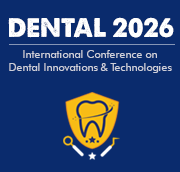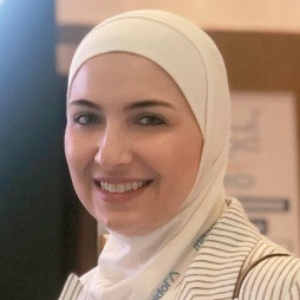Title : Bridging the gap: Enhancing collaboration between dentists and dental therapists/hygienists for optimal patient outcomes
Abstract:
The evolving landscape of oral healthcare emphasizes the need for a collaborative, team-based approach to meet the increasing demands of diverse patient populations. My presentation explores the critical role of interprofessional collaboration between dentists and dental therapists/hygienists in achieving superior patient outcomes.
Traditionally, dental teams have operated within clearly defined professional boundaries, but this model often limits the potential for synergistic care. Dentists, with their diagnostic and procedural expertise, and dental therapists/hygienists, with their preventive and maintenance-focused skillsets, bring complementary strengths to the table. However, gaps in communication, role understanding, and trust can hinder the effectiveness of this partnership.
This talk will delve into the current challenges that prevent seamless collaboration and propose evidence-based strategies to address them. Drawing on research, case studies, and successful international models, I will highlight how fostering mutual respect, clear role delineation, and shared decision-making can create a cohesive dental team. Specific focus will be given to:
- Enhancing Communication: Strategies to build open channels of communication that encourage input from all team members, ensuring that the patient remains the central focus.
- Role Awareness and Education: Implementing interprofessional education programs to clarify each team member's contributions and break down professional silos.
- Shared Goals in Patient Care: Establishing common objectives, such as reducing oral health disparities, improving access to care, and achieving measurable outcomes in patient satisfaction and oral health.
- Practical Solutions: Examples of workflow optimization, delegation of tasks, and the use of technology to support integrated care delivery.
The presentation will also discuss the benefits of this approach for patients, including enhanced access to preventive care, timely interventions, and improved oral health literacy. Additionally, it will underline the broader impacts on public health and the dental profession, such as increased efficiency, reduced workload stress, and greater job satisfaction.
In conclusion, I will emphasize that bridging the gap between dentists and dental therapists/hygienists is not merely a theoretical ideal but a practical necessity for advancing patient care in the 21st century. By embracing collaboration, we can build a more resilient and effective oral healthcare system, ensuring that every patient receives the best possible care.



